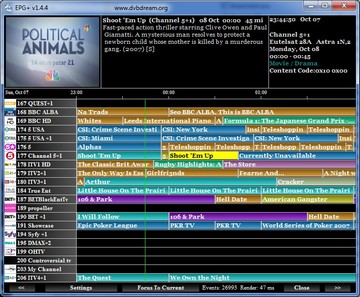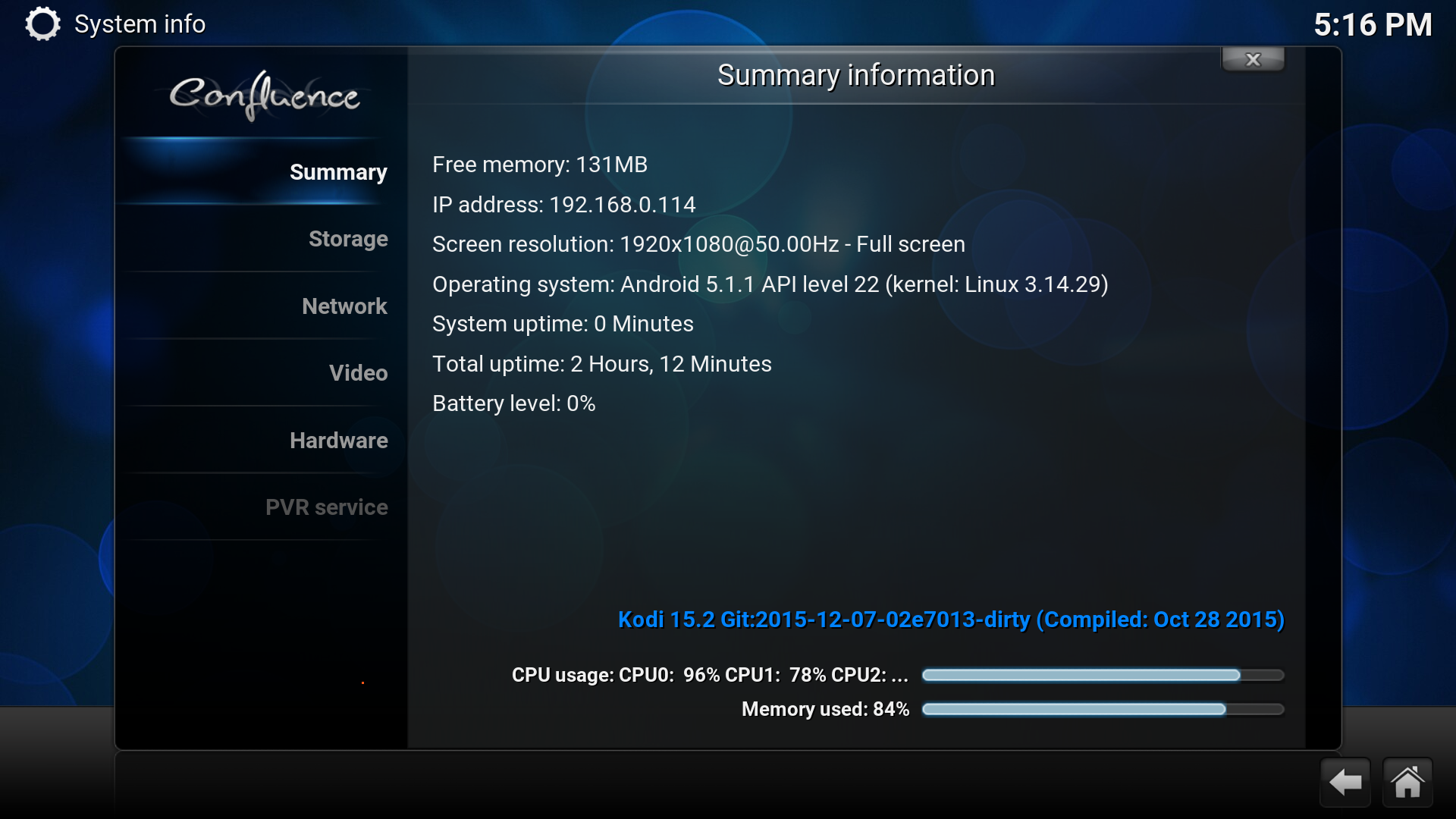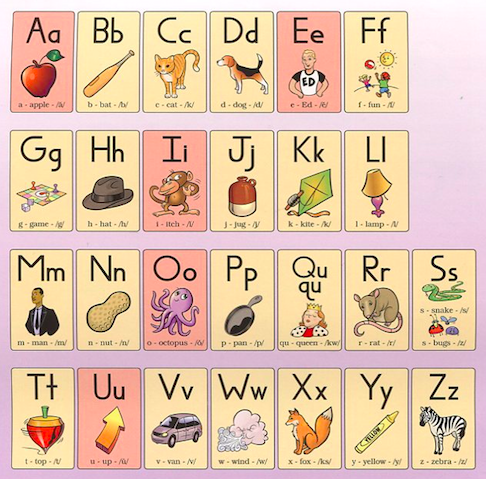TBS8922 is a PCI interface digital satellite TV Tuner card for watching and recording Free to Air satellite TV on PC. It supports both DVB-S2 and DVB-S programs receiving. It's ready with Windows BDA driver and Linux driver up to the latest kernel 3.X(Tested on Ubuntu,Fedora,Opensuse and other Linux distributions). Driver sound card 945PL-M3 (V1.0B) For your happy possessors of the card mother 945PL-M3 of Elitegroup, here is. License: Free OS: Dos Windows 2000 Windows XP Windows Vista Language: EN Version: 1.92 (5618). All current software, firmware, and drivers for the Surface Pro 3; including optional WinTab drivers. Links to drivers for other Surface devices are in the Details section below. Download drivers to communicate with NI products or third-party instruments. Provides support for NI data acquisition and signal conditioning devices. Provides support for Ethernet, GPIB, serial, USB, and other types of instruments. Home Support Software and Driver Downloads NI Driver Downloads. This download installs Intel® Graphics Media Accelerator Driver version 15.12.75.50.7.2230 for the integrated graphics controller of Intel® chipsets for Windows 7., 32-bit. Driver: Windows 7, 32-bit. 15.12.75.50.7.2230 Latest:: Intel® Graphics Media Accelerator 3150 Driver.
- Dtmb Software Sound Cards & Media Devices Driver Download Windows 10
- Dtmb Software Sound Cards & Media Devices Driver Downloads
- Dtmb Software Sound Cards & Media Devices Driver Download
ASIO4ALL is a free and alternative audio driver which allows its users to get very low latency from their sound adapter.
While most sound cards on the market allow you to playback audio without issue, ASIO4ALL provides a free alternative if you're having issues running software which increases latency on sound output.
It's a generic WDM driver that can be used in various situations, especially when you're using an older audio device or running an older version of Windows which doesn't include support for your audio driver.
ASIO4ALL is ideal for MIDI devices and provides installation without problems and requires no special knowledge or settings. Installation is pretty quick and straightforward. When you start ASIO4ALL, it will appear in the system tray where it can be accessed to manage the driver. Different options include latency in/out compensation, buffer offset and resample audio between 44.1kHz and 48kHz.
The WDM device list has controls for output and input including mix capture, speaker output, etc.

Overall, a great alternative for people experiencing issues when working with audio mixing and creation projects.
ASIO4ALL 2.14 on 32-bit and 64-bit PCs
This download is licensed as freeware for the Windows (32-bit and 64-bit) operating system on a laptop or desktop PC from drivers without restrictions. ASIO4ALL 2.14 is available to all software users as a free download for Windows.
 Filed under:
Filed under:
- ASIO4ALL Download
- Freeware Drivers
- Asio Driving Software
DXsoft — Products / CwType
Entire product list AALog | |
|
CwType v2.35
Dtmb Software Sound Cards & Media Devices Driver Download Windows 10
CwType — Version history | Downloads and Registration
The terminal program
Dtmb Software Sound Cards & Media Devices Driver Downloads
Platform:
The author’s program overview
The 'TX' button switches the transmitter on. The program transmits chars entered into the bottom window. During transmission, chars move from that window into the Sent Symbols window (upper window). Chars sent by paddle are shown in upper window also.
The 'Pause' button stops sending pre-typed symbols. Transmitter is left on and you can send symbols via paddle.
In top left-hand corner are speed, dash/dot ratio and inter-letter space adjustments.
If inter-letter space value is below the dash length, then the inter-letter space is defined by dash/dot value. Resultant transmitting speed is shown in the status line in LPM (letters per minute) and WPM (words per minute). Speed is calculated by the 'PARIS' method. Hotkeys for speed adjustments are Alt-(keypad plus) or Ctrl-(keypad-plus) and Alt-(keypad minus) or Ctrl-(keypad minus).
There is a sound on/off button in the top right hand corner. Sound can be produced from the internal computer speaker or a sound cord. Sound source is selected in the 'Setup/Sound' page.
Sound frequency is defined at the same page. A soundcard generated signal has a sine waveform and a smooth envelope, so it can be used to form a CW signal from a SSB transmitter. The rise and decay time of soundcard generated CW-signals is defined by 'Rise/Decay time'. It is the time for a signal to rise from a 0 to 100% level in milliseconds. A rise time from 10% to 90% level is about 0.6 of a value defined by this control.
The 'Real output sampling rate' value means the real sampling frequency of a sound card.
The 'Enable MOX' option on the 'Setup/MOX & Paddle' page switches on MOX mode (automatic TX on/off). MOX details are configured in the 'MOX Setup' area.
When the 'Pause On at paddle press' option is checked, pressing a paddle switches on the 'Pause' mode.
When the 'Pause Off at Tx Off' option is checked, the 'Pause' mode is switched off after the transmitter is off.
The 'Paddle in Iambic mode' option switch on the 'Iambic' mode (the memory of a unit of a symbol) for paddle handling.
The 'Weighting' value is used to eliminate morse elements clipping by some transmitters with QSK. For example, if your transceiver shortens each element by 6 ms, you should use the '6' value. In this case the program sends elements 6 ms longer than normal, and subtracts 6 ms from the spaces between them. If your transceiver extends morse elements, you should use negative weighting, for example '-5'.
The 'F1'...'F12' buttons (and 'F1'...'F12' keyboard keys) are used to transmit previously defined macros. You can also use the 'Esc' key and Ctrl-F1...Ctrl-F12, Alt-F1...Alt-F12 combinations. The Alt-F6 combination is available only via mouse. Macros are inserted into the Input window in a place indicated by the cursor. A number of macro buttons can be increased or these buttons can be hidden by the 'Numbers of macros buttons row' control on the 'Setup/View' page. Moreover, arrangement and size of these buttons can be changed by the 'Numbers of macros buttons columns' and 'Height of macros buttons' controls.
To open the Edit Macros window, click to the 'Edit macros' menu item. You can also edit text on macros buttons there. In turn, keyboard macros may contain special character sequences or macrosequences.
In particular, macrosequences can point to edit fields 'Call', 'Name', 'RST' and 'Other' located above the Sent Symbols window. The 'Clear' button sets those fields to their default values. The default values are defined by parameters 'CallOnClear', 'RSTOnClear', 'NameOnClear', 'OtherOnClear' of the CWTYPE.INI file.
Edit fields can be hidden by unchecking the 'Show edit fields' option on the 'Setup/View' page .
The 'Use 'Other' field as' option assigns an alternative meaning to the 'Other' edit field. This new meaning is used to capture words from the CwGet software and to transfer data to a logger.
The 'Always on top' option puts CwType in front of all windows.
The 'Beacon' button switches on the beacon mode. In this mode the Alt-F12 macro is executed periodically. The period in seconds is defined on the left of the 'Beacon' button. The shortcuts for 'Beacon' button are Alt-B and Ctrl-B.
If the 'Beacon Off at paddle press' option is checked on the 'Setup/MOX & Paddle' page, then beacon mode is switched off when a paddle is pressed. Special macrosequences can be used to switch the beacon mode on and off also.
The 'File/Send Text File' puts text from selected file into the Input window. That text can also contain macrosequences.
The 'File/Open Capture File' menu opens a capture-file for sent symbols. New sent symbols are written into that file. If the file exists, new symbols are appended to it. The 'File/Close Capture File' command closes a capture-file. The capture-file state is shown in the status line. The hotkey for capture on/off commands is Alt-L. You can use the command line arguments '/c Filename' to open the capture file at the program startup. 'Filename' is name of the file to be opened.
The options 'English charset', 'Russian charset','Swedish charset' and 'User-defined charset' select the alphabet. The 'user-defined charset' is setup as a simple text file - see the SAMPLE.CWT file for example.
Fonts and colors are selected by controls on the 'Setup/Fonts & colors' page.
The program can transfer data to AALog logger (V1.0.3 and later). Data are transferred from the edit field after exiting from it. In turn, 'Call', 'Name' and 'Other' edit fields can receive data from the CwGet program.
The 'Setup/Other' page includes 'Send Mode to logger when CwType starts' and 'Send Mode to logger together with callsign' options. If the first option is checked, CwType transfers information about mode (CW) to the logger at the program start. If the second option is checked, CwType transfers information about mode together with information from the 'Call' edit field.
The 'ExportIniFile' and 'ExportIniSection' parameters of the CWTYPE.INI file define another ini-file that is used to transfer data between edit fields and another programs.
The 'Tune' menu command sends a continuous key down to tune the transmitter. Hotkey for this command is Alt-U.
Selected options of the program are saved via the 'Setup/Save Setup' menu. Options are written into the file CWTYPE.INI . The program looks for this file in the working directory. You can have several variants of the ini-file for different situations (for example, one for ordinary QSO's, and another for contests). Just create several shortcuts to CWTYPE.EXE each with a different working directory.
Most of the screen buttons have keyboard shortcuts.
CwType interfaces with logger software via ini-files and Windows messages. CwType can also get symbols to transmit from other software by DXSOFTEX.DLL library. See http://www.dxsoft.com/dxs-exch.zip for details about programs co-operation.
Related links
“Break-In magazine” review of CwGet and CwType .
http://www.dxsoft.com/ en/ misc/ cw-review/ WM2U’s review of CwGet and CwType.
http://www.qsl.net/ wm2u/ cw.html
Dtmb Software Sound Cards & Media Devices Driver Download
DownloadsCwType AvrKey interface schematics and firmware Italian help file for CwType French documentation for CwType German help file for CwType | RegistrationThis product is freeware! You can make donation via one of the next services:
|